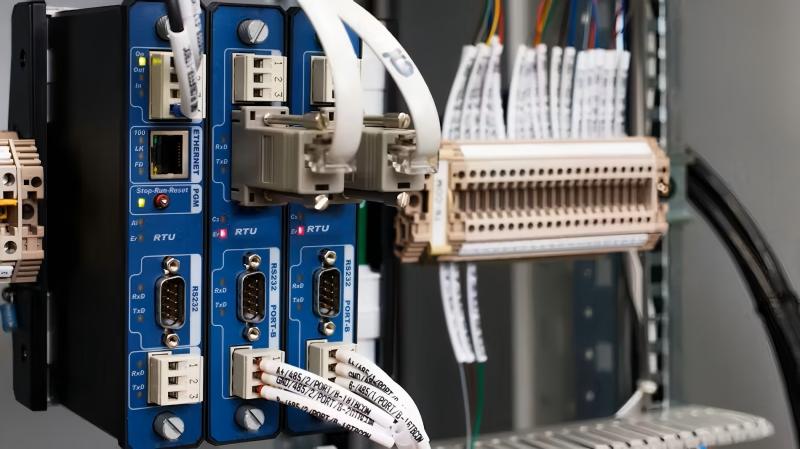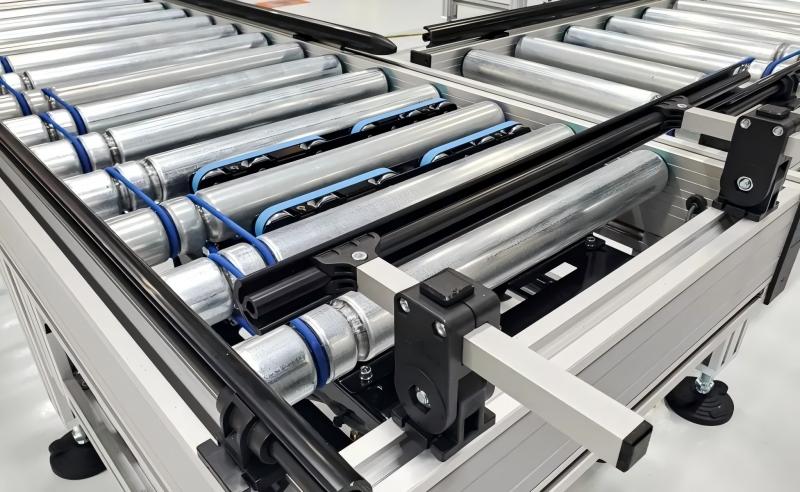Documentation Hub
Comprehensive technical manuals and guides to help you master HARSLE machines and optimize your metalworking efficiency
What Are Automation Features of Rolling Machines?
Understanding the automation features of rolling machines is essential when considering advanced equipment to enhance your production efficiency. If you’re looking to gain insights into how specific automation functionalities in rolling machines can streamline your operations, you’re in the right place. In this article, I’ll guide you through the primary automation technologies integrated into modern rolling machines, clearly outlining their benefits and helping you identify which features align best with your manufacturing requirements.
Automated Control Systems for Rolling Machines
Digital Control Panels and Interfaces

Modern rolling machines often include intuitive digital control panels that allow precise adjustments through easy-to-use interfaces. Operators can input specific parameters such as thickness, width, rolling speed, and required curvature, significantly simplifying the setup process. This minimizes manual errors and ensures uniform output across different production batches.
Programmable Logic Controllers (PLC)

Advanced rolling machines typically utilize Programmable Logic Controllers (PLC). PLC systems automate the machine’s functions by executing pre-programmed operations. With PLC, your operators can store multiple rolling sequences, recalling them instantly for repetitive tasks. This reduces downtime associated with manual configuration, increasing overall throughput.
Advanced Sensor Technologies
Laser Measurement Systems

High-precision laser measurement sensors integrated within rolling machines facilitate real-time monitoring of the metal sheets during operation. These sensors accurately detect thickness variations, alignment, and positioning, adjusting the rolling pressure automatically to maintain consistent quality.
Optical Edge Detection
Automation features of rolling machines often include optical edge detection systems. These sensors detect sheet edges and automatically adjust alignment, preventing material wastage and enhancing product quality. Such automation drastically reduces the need for manual oversight, saving operational costs and resources.
Automatic Material Handling and Loading Systems
Hydraulic and Pneumatic Loading Systems
Many rolling machines come equipped with automatic hydraulic or pneumatic loading systems designed to simplify material handling. These systems enable smooth and efficient transfer of heavy metal sheets onto the rolling platform, reducing physical strain on operators and speeding up production cycles.
Conveyor Belt Integration

Rolling machines with conveyor belt integration streamline continuous production lines. Automated conveyors move the rolled sheets directly to subsequent processing areas, minimizing manual intervention and increasing efficiency. This seamless integration is ideal for high-volume production environments.
Remote Monitoring and Maintenance

Real-time Monitoring Capabilities
Automation extends beyond direct operation to include remote monitoring features. Operators can remotely supervise machine status, output quality, and operational parameters via smartphone apps or desktop software. Real-time alerts notify technicians of potential issues, enabling prompt corrective actions and minimizing downtime.
Predictive Maintenance
Predictive maintenance tools are integral automation features of rolling machines, leveraging sensor data and analytics to forecast equipment wear or failures before they occur. This approach reduces unexpected downtime, maintenance costs, and ensures optimal machine performance consistently.
FAQs
What are the key advantages of automated rolling machines?
Automated rolling machines significantly improve production speed, precision, and consistency. They also reduce manual errors, enhance operator safety, and lower overall operational costs.
Is automation suitable for smaller manufacturing operations?
Yes, automation features can benefit manufacturers of all sizes by enhancing productivity and consistency, reducing labor requirements, and improving overall efficiency, even on smaller scales.
Can existing rolling machines be upgraded with automation features?
Often, yes. Many existing rolling machines can be retrofitted with automation technologies, such as PLC controllers, sensor systems, and automated loading equipment, allowing older machinery to gain enhanced functionality.
Conclusion
Understanding and leveraging the automation features of rolling machines can dramatically improve your production efficiency, product quality, and operational safety. From intuitive digital controls to predictive maintenance capabilities, automated technologies offer substantial benefits that support sustainable growth in manufacturing. For personalized guidance on selecting or upgrading rolling machines with advanced automation capabilities, feel free to reach out to our HARSLE technical team—we’re here to help you optimize your metalworking processes.













